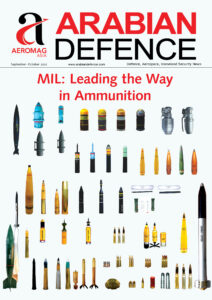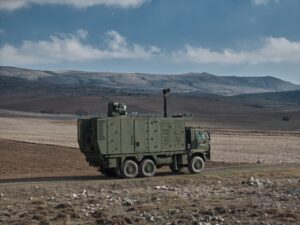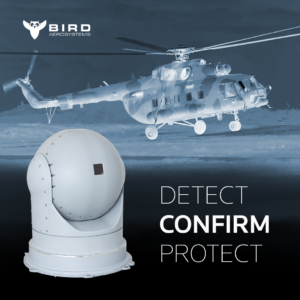
The U.S. Navy has declared Initial Operating Capability (IOC) status for a new infrared search-and-track (IRST) sensor system developed by Lockheed Martin for F/A-18 Super Hornet strike fighters.
At the core of this innovative system is IRST21, Lockheed Martin’s long-wave infrared search-and-track sensor that passively detects airborne targets well beyond visual range. For Naval Aviators, this new capability is expected to enhance the F/A-18 platform’s effectiveness and improve mission survivability.
The IRST21 IOC declaration is a milestone achievement in support of a full-rate production decision of the sensor system following successful flight tests by the Navy.
“Achieving IOC for IRST21 is a significant milestone and a testament to the strong partnership between Lockheed Martin and the U.S. Navy,” said Paul Hey, director of Lockheed Martin’s IRST programs. “This advanced sensor provides a critical capability to detect and track airborne threats at greater distances, ensuring pilots can complete their missions with enhanced situational awareness and survivability.”
This latest version of the IRST21 system for the Navy significantly increases threat-detection range. On the Super Hornet, IRST21 is integrated in the front of the centerline fuel tank.
“With this game-changing leap in passive sensing technology, IRST21 will fundamentally reshape how air warfare is conducted while keeping pilots ahead of threats,” shared Hank Tucker, vice president of Mission Systems for Lockheed Martin’s Sensors &Global Sustainment organization. “We’re proud to enhance the Super Hornet with an advanced sensor system that ensures strategic superiority in evolving threat environments.”











